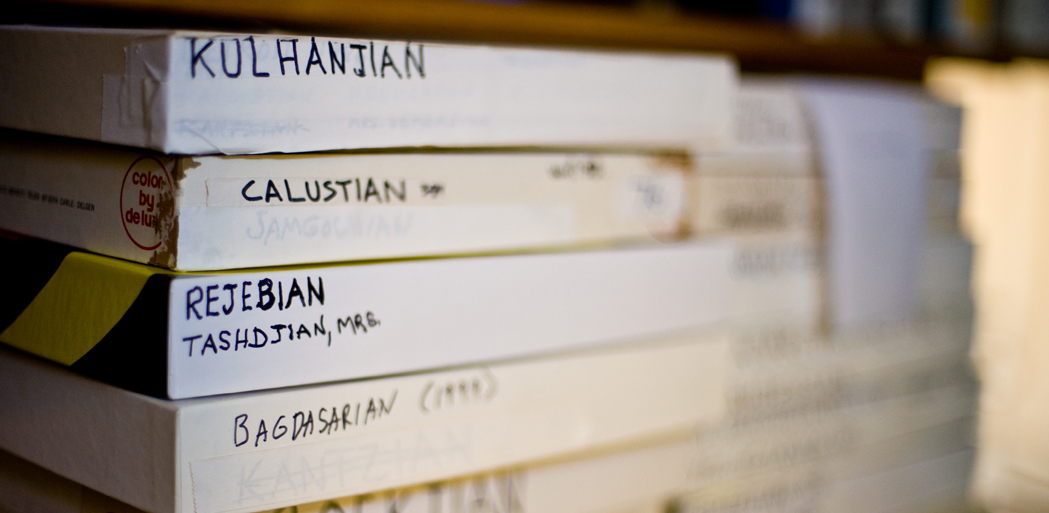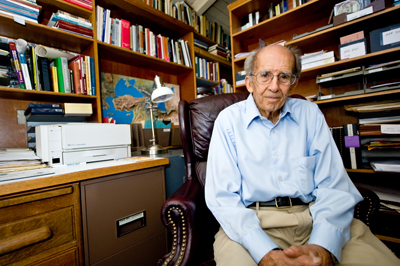Armenian Film Foundation Delivers 400 Digitized Testimonies to USC Shoah Foundation

 J. Michael Hagopian’s collection of 400 interviews of Armenian Genocide survivors and witnesses drew one step closer to being fully integrated into the Visual History Archive today. The Armenian Film Foundation officially handed over the digitized collection to USC Shoah Foundation, where the process of cataloguing and indexing will begin.
J. Michael Hagopian’s collection of 400 interviews of Armenian Genocide survivors and witnesses drew one step closer to being fully integrated into the Visual History Archive today. The Armenian Film Foundation officially handed over the digitized collection to USC Shoah Foundation, where the process of cataloguing and indexing will begin.
Hagopian and his wife, Antoinette, signed an agreement with USC Shoah Foundation in 2010 to preserve and integrate the collection into the Visual History Archive. The handoff today marks the completion of the first phase of the project, in which the interviews were transferred from the original 16mm film to preservation-quality digital files (motion JPEG 2000).
Now, USC Shoah Foundation technology staff will create broadcast-quality and internet-quality versions of each interview and begin integrating and indexing each interview into the Visual History Archive. At the core of USC Shoah Foundation’s indexing system is the one-of-a-kind Thesaurus, which includes 60,000 terms that describe genocide-related concepts and experiences. Indexing allows researchers to search the Visual History Archive by specific terms. The thesaurus has evolved over time and is expected to continue to evolve as the Armenian testimonies are indexed.
All non-English-language testimonies will be transcribed, translated into English, and subtitled for the Visual History Archive. The goal is to have an initial set of interviews fully integrated and indexed in the Visual History Archive by April 2015, the 100th anniversary of the Armenian Genocide. USC Shoah Foundation’s education staff will also incorporate the testimonies into new and existing materials and programs.
USC Shoah Foundation is currently fundraising to support the collection.
Hagopian recorded the interviews with survivors and witnesses of the 1915 Armenian Genocide on 16 mm film between 1972 and 2005, when most were in their 70s and 80s. The survivors and witnesses who make up this rare collection – all now deceased – were interviewed in 10 different languages and were between the ages of eight and 29 during the genocide. The 400 interviews, housed with the Armenian Film Foundation, represent the largest archive of filmed Armenian Genocide interviews in the world.
Hagopian was an Emmy-nominated filmmaker who made 70 documentaries about the Armenian Genocide and won more than 160 awards for his work. He was a survivor of the genocide that killed an estimated 1.5 million people in Turkey from 1915–23. In 1979, he founded the Armenian Film Foundation, a Thousand Oaks, California, based nonprofit dedicated to documenting Armenian heritage. Hagopian died in December 2010 at age 97.
Like this article? Get our e-newsletter.
Be the first to learn about new articles and personal stories like the one you've just read.